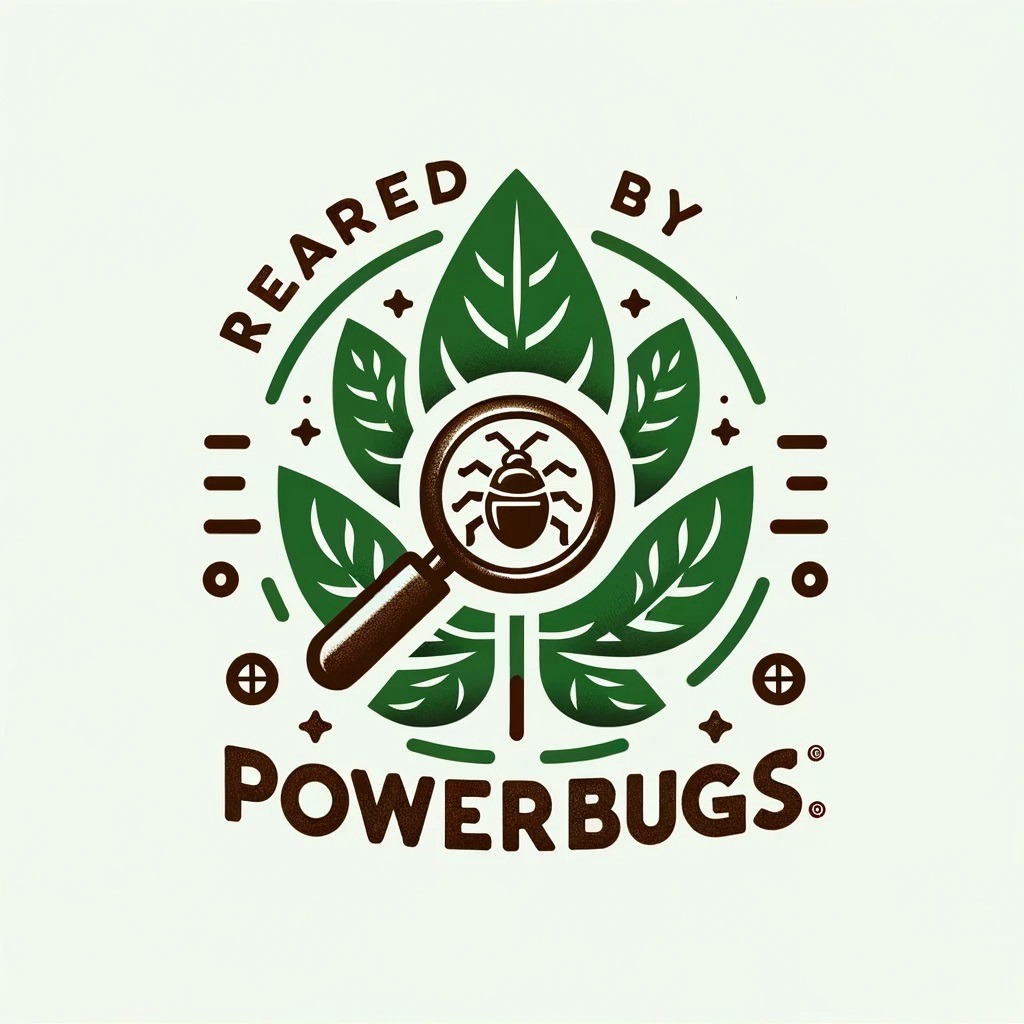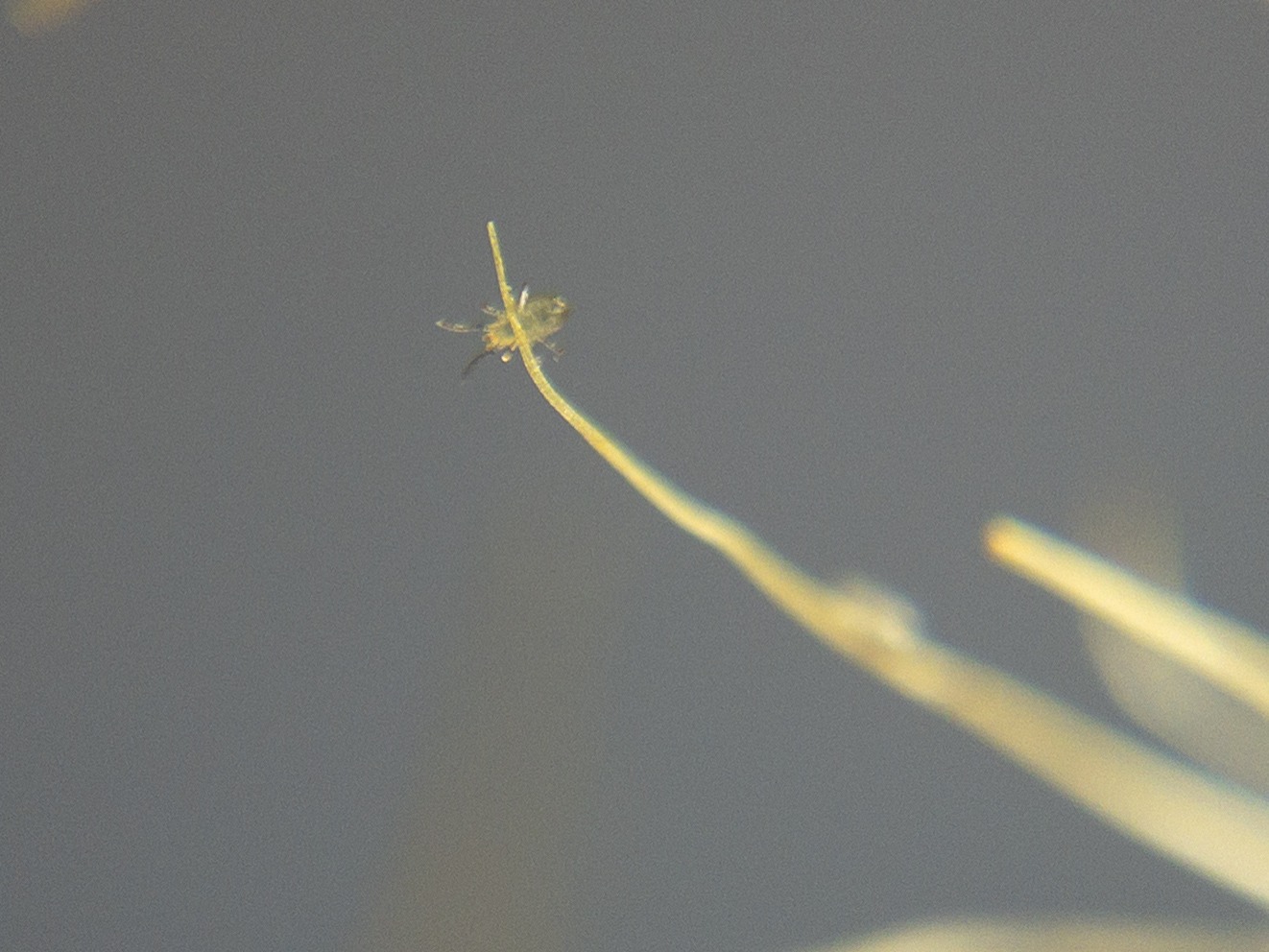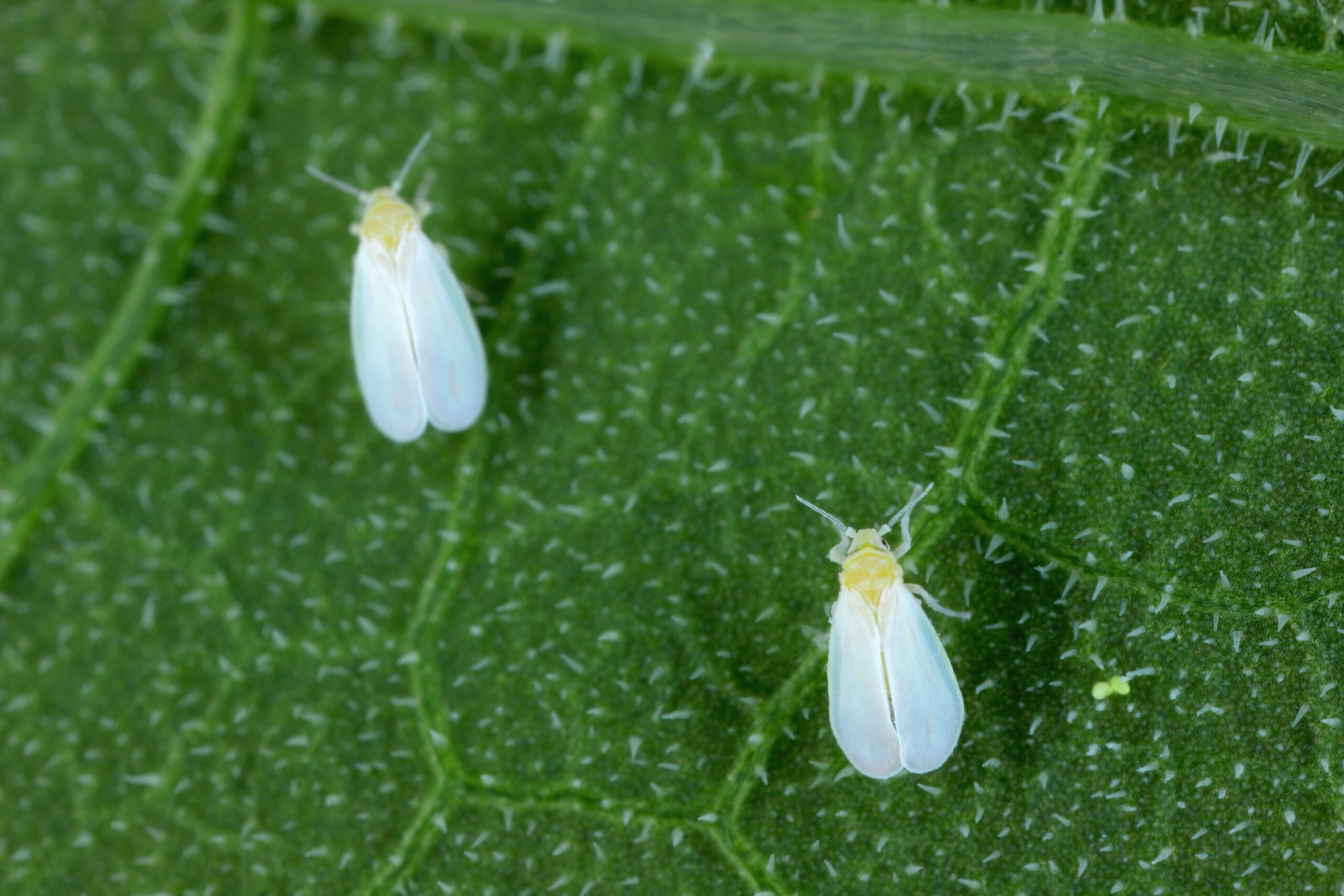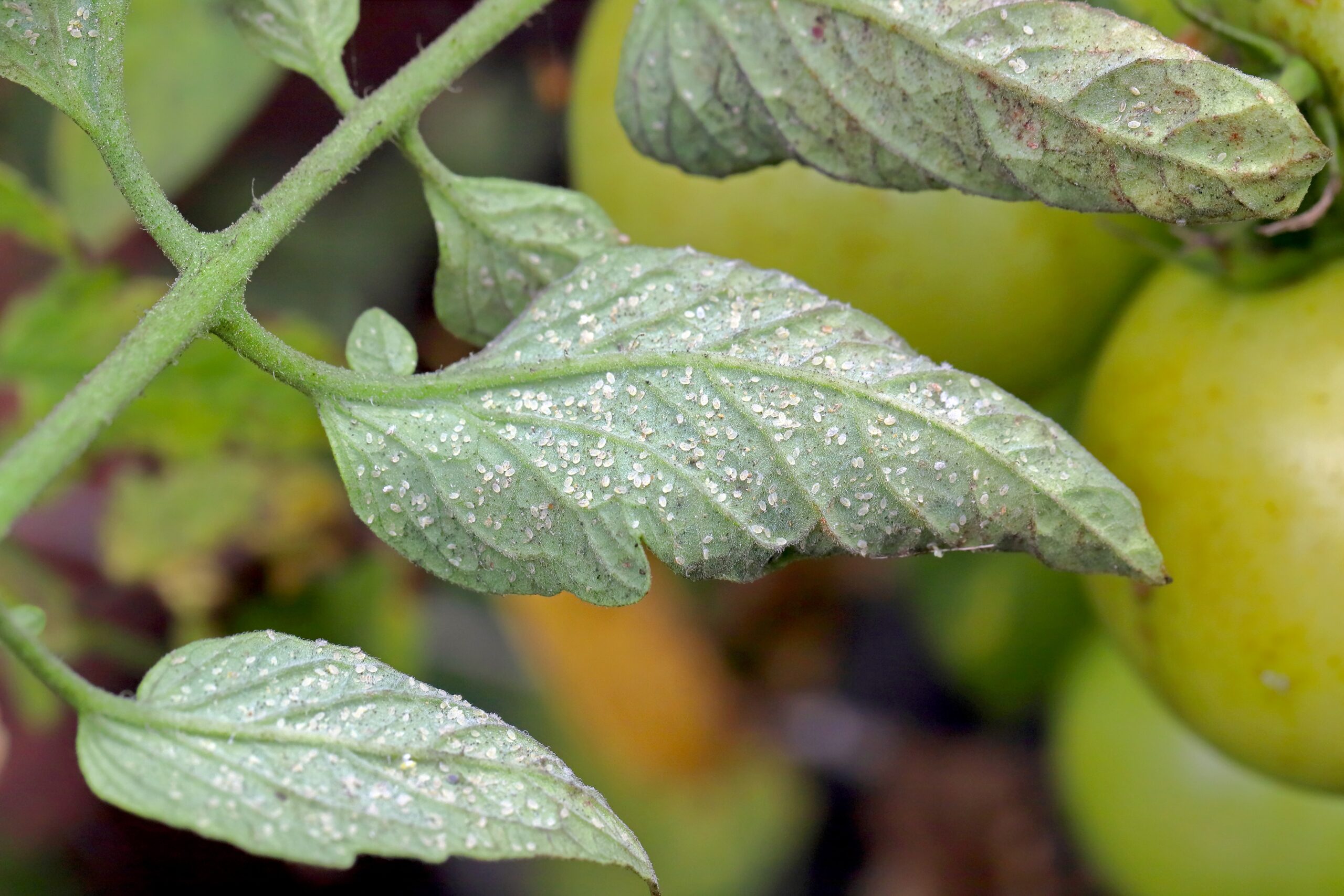🚚💨 Order by Monday for Swift Mite Delivery! 🚚💨

Typhlodromips Montdorensis
Now Available: Typhlodromips Montdorensis – The Ultimate Predator for Whiteflies, Thrips, and Spider Mites
MontyPower

Begin your journey towards sustainable, impactful pest management with our Typhlodromips montdorensis. Discover the Powerbugs difference today.
Meet Typhlodromips montdorensis: Whitefly’s Worst Nightmare
Typhlodromips montdorensis, is a pioneering biological control agent recognised for its remarkable efficacy against a range of pests, prominently whiteflies and thrips. Females consume approximately 15 thrips larvae per day.
Typhlodromips montdorensis

Why Typhlodromips montdorensis?
Rapid Response and Reproduction
Effective Plant Pest Management
Safe for Plants and Environment
Easy to Apply
Learn how this predator mite helps protect your garden, nursery and farm from various pest infestations!
Biology
Common Name: Typhlodromips montdorensis
Classification: Arachnid, Acari, Phytoseiidae
Role: Biological control agent against whitefly and various species of thrips
Stages: Egg, larva, protonymph, deutonymph, adult
Duration: Completes lifecycle from egg to adult in about 6-7 days at 25°C
Temperature Requirements: between 20°C and 30°C with egg hatching enhanced at humidity levels of 70% or higher.
Target Pests
Target Pests: Typhlodromips montdorensis is nature’s defender against harmful pests. They feed on:
Whiteflies, Thrips
Two-spotted spider mite (Tetranychusurticae)Red spider mite (T. cinnabarinus)Broad mite (Polyphagotarsonemus latus)
Characteristics
Typhlodromips montdorensis are used in protected crops like capsicums, eggplants, cucumbers, strawberries, cut-flowers. They are effective in non-protected crops, temperatures above 10°C.
Are you struggling with pests wreaking havoc on your crops?
Identify Your Pest


PowerBugs Predatory Mite at Work

Typhlodromips montdorensis, answer your pest problems. These tiny warriors are nature’s allies, and they’re here to protect your plants. Their efficacy has been well-documented over decades, making them a cornerstone of eco-friendly pest control in various agricultural settings.
Quick and Effective
Product specification
Pack size: MontyPower is packaged in a pail containing 30,000 predatory mites.
Optimal Conditions: Temperatures of 20-30°C and relative humidity above 70%.
Benefits: Typhlodromips montdorensis establish in pollen-rich environments rapid. These mites are also effective at low pest densities. They are suitable for early preventive application.
Storage and application

Chemical side-effects
They are sensitive to various pesticides, including synthetic pyrethroids, organophosphates, and neonicotinoids. Certain fungicides are also disruptive; consult us or specific guides for compatible products. The efficacy of biological pest control can be influenced by factors such as the initial pest population in the crop at the time of product application, prevailing weather conditions, and the presence of chemical residues in the crop.
Why Choose Typhlodromips montdorensis?
At PowerBugs, we have many reasons why you need to choose our product. Here are the most notable ones, and see how to experience more benefits.
Broad-Spectrum Predator: Masterfully controls populations of whiteflies, thrips, and spider mites, offering comprehensive pest management.
Environmentally Friendly: A potent, chemical-free option that supports your plant’s health and the planet’s well-being.
Cost Savings: These mites not only provide excellent pest control but also help you save money by reducing the need for expensive chemical treatments.
Increased Crop Yields: With pests under control, your crops can thrive, leading to higher yields and greater profitability.
Bringing Typhlodromips montdorensis to Your Doorstep
Ordering with us is easy. Choose Typhlodromips montdorensis, choose your quantity, and let us handle the rest. We ensure swift, secure delivery so you can get started on your eco-friendly pest control journey as soon as possible.
Effortless. Eco-Friendly. Efficient.
Secure Your Typhlodromips montdorensis Today!
Choose PowerBugs for a Greener Tomorrow
At PowerBugs, we are dedicated to sustainable agriculture and integrated pest management. We understand the delicate balance between pests and beneficial insects, and we are committed to preserving the health of ecosystems. Choose Typhlodromips montdorensis for a greener future.
Join the PowerBugs Movement
At PowerBugs, our principles define us. We believe in sustainability, balance, knowledge, excellence, innovation, and collective responsibility. We embrace these values as we nurture fields, gardens, and a more harmonious Earth.



Embrace the Power of Typhlodromips montdorensis
While the past holds its secrets, the present offers a chance to harness the advantages of these remarkable allies for a thriving ecosystem. Say goodbye to harmful pesticides and embrace a more sustainable and environmentally friendly approach. Avail of our Typhlodromips montdorensis for sale. Contact us now!
FAQs About Typhlodromips montdorensis
How does Typhlodromips montdorensis control pest populations?
Typhlodromips montdorensis preys on the eggs and immature stages of various pests, reducing their populations by directly consuming them. This natural predator helps maintain pest numbers below damaging levels.
Which pests can Typhlodromips montdorensis control?
This predatory mite is particularly effective against the larvae of whiteflies, various thrips species, and the eggs and young stages of spider mites. It can also target other small arthropod pests in the greenhouse and field crops.
How do I apply Typhlodromips montdorensis in my growing area?
Typhlodromips montdorensis should be evenly distributed across the affected areas, focusing on places where pests are most likely to occur. They can be applied manually or with mechanical spreaders for larger areas.
What are the application rates for Typhlodromips montdorensis?
The application rate depends on the pest pressure and crop type. Generally, rates range from 10 to 100 mites per square meter, with higher densities required for severe infestations.
| Situation | Release Rate | Requires Releases (approx.) |
| Preventative Releases | 10 – 50
Monty/m2 |
1 - 2 releases per growing season |
| Low Pest Populations | 50 – 100 Monty/m2 | 2 - 3 releases |
| Moderate to High Pest Populations | 100 – 200 Monty/m2 | 3 - 4 releases |
When is the best time to introduce Typhlodromips montdorensis?
Introduce Typhlodromips montdorensis early in the pest life cycle or at the first sign of pest presence. Early intervention is crucial for preventing pests from reaching damaging levels.
Can Typhlodromips montdorensis be used with other biological controls?
Yes, Typhlodromips montdorensis can be part of an integrated pest management (IPM) strategy and used in conjunction with other biological control agents for a more comprehensive approach to pest management.
Are Typhlodromips montdorensis safe for plants, pets, and humans?
Typhlodromips montdorensis are safe for plants, pets, and humans. They are a natural part of the ecosystem, targeting only pest species without affecting non-target organisms.
How long does it take to see results after applying Typhlodromips montdorensis?
Results can vary based on initial pest pressure and environmental conditions, but a reduction in pest populations is usually observed within 2-3 weeks after application.
How can I purchase Typhlodromips montdorensis from PowerBugs?
Typhlodromips montdorensis can be purchased directly from our website or by contacting our sales team via Email or Phone. We offer various quantities to meet the needs of both small-scale gardeners and large agricultural operations.
Eco-Friendly Predatory Mites for Sustainable Pest Control
Other popular products
GET IN TOUCH
Discover the Future of Agricultural Pest Control Solutions
At PowerBugs, we’re not just selling products; we’re offering a sustainable and eco-friendly solution to pest control. Join us in making a positive change in the world of agriculture. Explore our range of beneficial mites today and take the first step towards a greener and more prosperous future.
